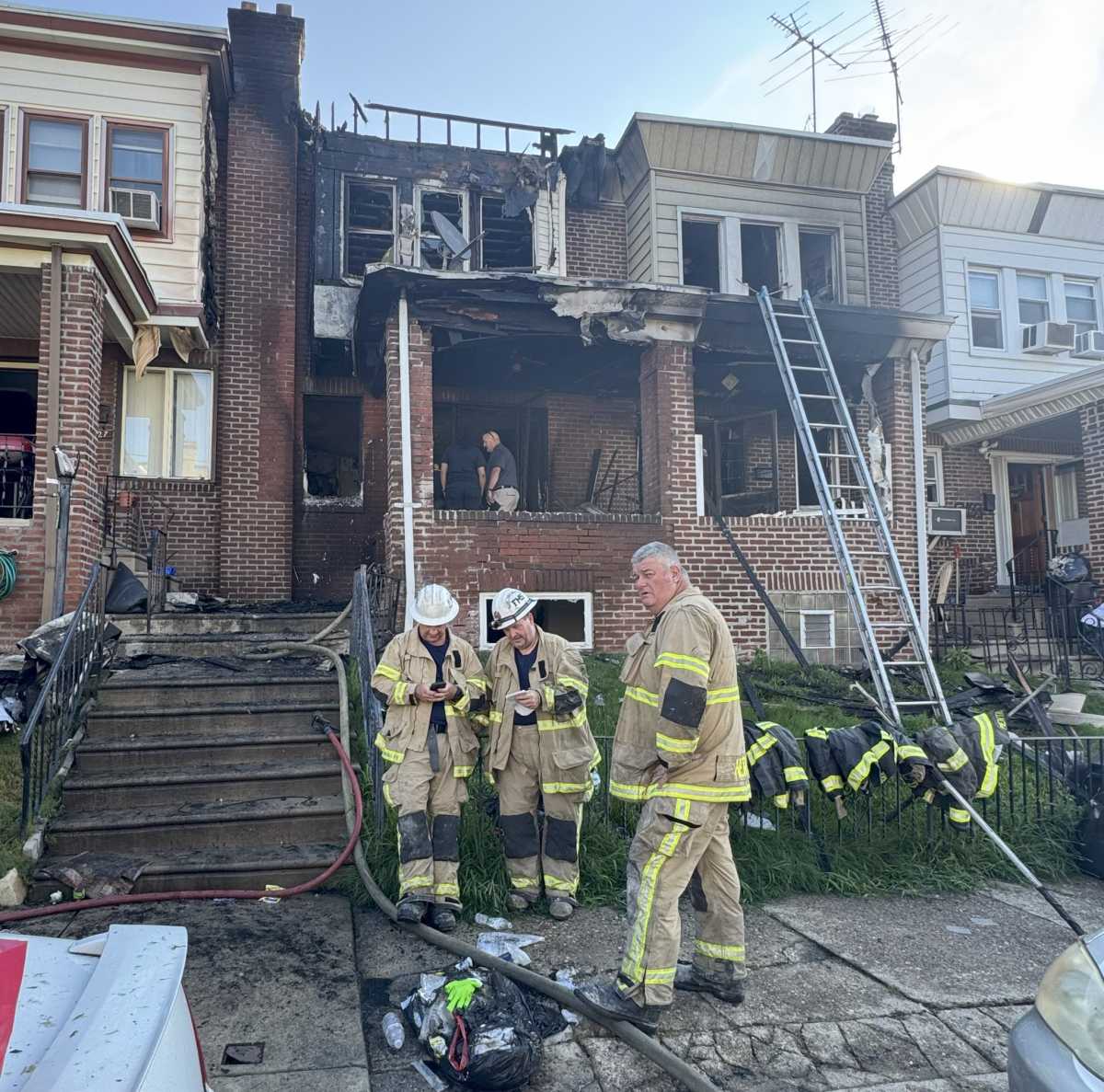TTC riders aren’t the only ones who notice when escalators are out of service for a long time.
Donald Bennett of Mississauga first wrote me about the platform escalator at the Port Credit GO rail station on Dec. 20. He wrote again on Jan. 24: “The situation remains the same. It appears that some of the escalator steps have been replaced but access is still blocked.”
He adds trains are “running at full capacity and the platforms are overcrowded. Apart from the obvious inconveniences passengers face, they are finding it difficult to exit the trains and keep a safe distance from the platform edge before their train moves on.”
Colin of Mississauga writes of severe crowding at the Clarkson GO station where an escalator “has been undergoing ‘maintenance’ for so long that people now routinely move the barrier aside and use it like a normal stair.”
On gotransit.com, two escalators each were listed yesterday as “out of service” at the Clarkson and Port Credit stations. The extended wait time for escalator repairs seems unnecessary to most transit riders, and still makes me scratch my head.
The German-based firm Kone supplies escalator parts and service not only to GO, but also to the TTC. Senior GO Transit manager Bob Boyle says some components have to be shipped from Germany and an escalator is “usually out of service for months — a couple of months.”
Can’t the contractor keep the needed pieces on hand in Canada? He replies, “The problem is, some of these parts are very expensive — upwards of $100,000 — and are not something that fails frequently.” Also, like the TTC, GO has several makes of escalator. Says Boyle, “Requiring Kone to have all these spare parts available in inventory would be quite expensive.”
Boyle says many of the escalators in the rail system were built during the late 1980s and early 1990s and the “majority of them are beginning to approach the end of their life.” He says when units reach that point they will be replaced with stairways, unless a station does not yet have escalators in place.
Why not replace the units with new ones? Replies Boyle, “The escalators do not perform well in the rather harsh environment that we have subjected them to.” He says the salt and sand that is used on platforms gets into the machinery and causes “premature failure.”
The GO official adds, “At Union Station we are currently … removing a couple of escalators for the very reason that they would have been a major rebuild to get up and running again.” Stairs also have a higher capacity than the escalators at Union and there are particular safety concerns related to crowding. That’s another story.
In the near term, why don’t the boards of both GO and TTC take a look at escalator outages and try to address long repair times?
Ed Drass
Ed Drass has been covering transportation issues in Toronto since 1998. He has a degree in urban studies from York University and regularly rides transit in the GTA and elsewhere.






















